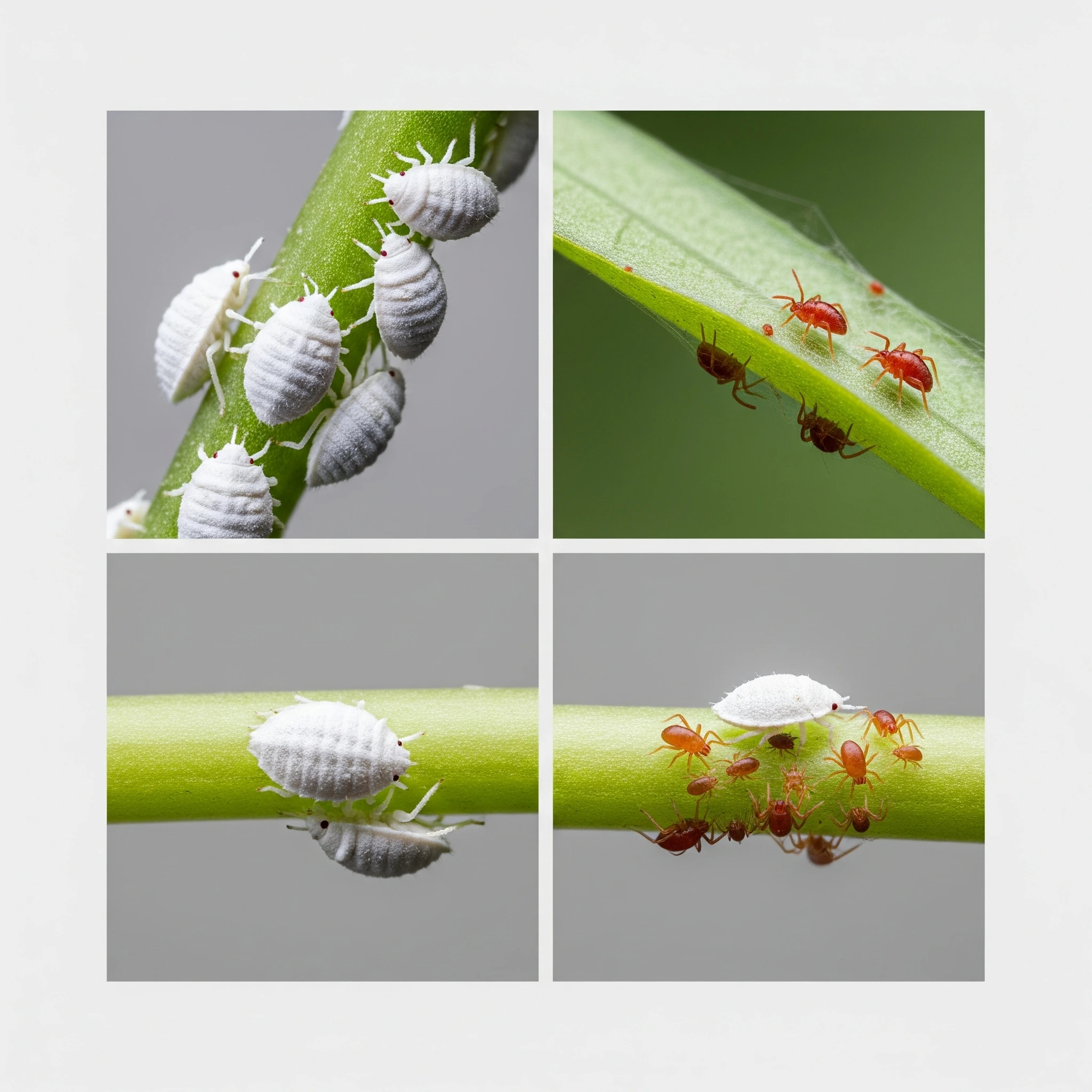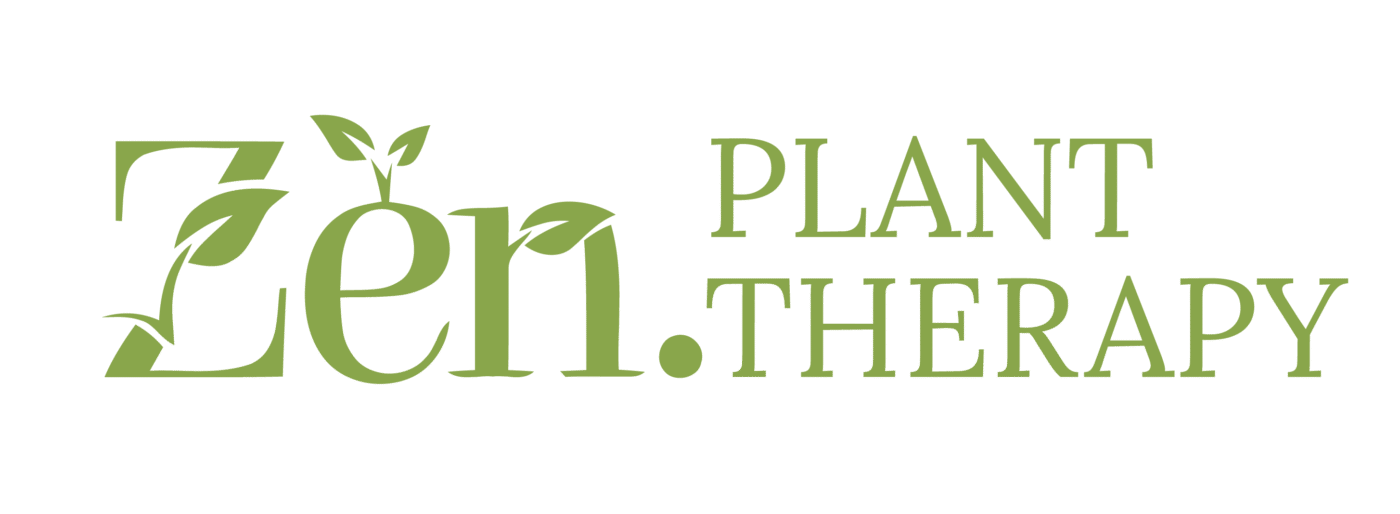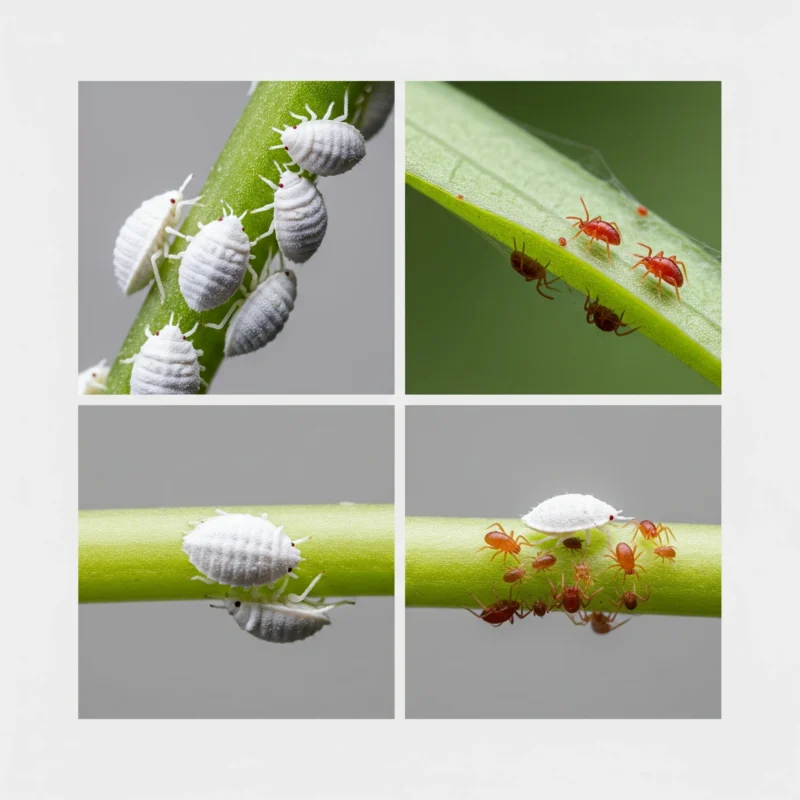Natural Pest Control for Indoor Plants: Your Eco-Friendly Guide to a Pest-Free Home (Australia & Canada)
Hello, plant parents in Australia and Canada! There’s nothing more disheartening than spotting tiny, uninvited guests on your beloved houseplants. Pests can turn your green paradise into a source of stress, and reaching for harsh chemical sprays often feels like a last resort.
But what if you could fight back with a safe, eco-friendly, and highly effective arsenal of natural remedies? This is your ultimate guide to natural pest control for indoor plants! We’ll teach you how to identify common houseplant pests, mix your own powerful solutions, and, most importantly, prevent them from ever showing up in the first place. Let’s make your home a thriving, pest-free oasis!
The Uninvited Guests: Why Natural Pest Control is the Best Solution
When it comes to houseplant pest control, opting for natural methods is a game-changer. Not only are they safer for you, your family, and your pets, but they also protect the environment and don’t harm the beneficial microorganisms in your soil.
- Safer for Home: Avoids harsh chemicals in your living space.
- Eco-Friendly: Uses ingredients that are biodegradable and don’t harm the planet.
- Builds Plant Resilience: Natural methods often work by strengthening the plant’s own defenses.
- Less Stressful: The process of making your own DIY pest control for indoor plants can be a mindful activity, empowering you with a gentle solution.
Personal Note: After a bad mealybug infestation on my Fiddle Leaf Fig in Vancouver, I switched to a natural neem oil spray. The process was calming, and the results were amazing – my plant became stronger and healthier than ever!
Identifying Common Houseplant Pests (and What They Look Like)
The first step in effective natural pest control for indoor plants is knowing your enemy. Here are the most common pests you might encounter.
1. Spider Mites: The Tiny Weavers
- What to look for: Tiny red or black dots on the undersides of leaves. You’ll often see fine webbing between stems and leaves. Leaves may appear stippled or speckled.
- Affected plants: Fiddle Leaf Figs, Crotons, Calatheas.
2. Mealybugs: The Fluffy White Pests
- What to look for: Small, white, cotton-like masses, often found in the crevices where leaves meet the stem. They leave behind a sticky residue called “honeydew.”
- Affected plants: Succulents, Monsteras, Orchids.
3. Aphids: The Green Sap-Suckers
- What to look for: Small, pear-shaped insects that are often green, black, or red. They cluster on new growth and the undersides of leaves, and also leave sticky honeydew.
- Affected plants: Hibiscus, Citrus trees, new seedlings.
4. Fungus Gnats: The Annoying Little Flies
- What to look for: Tiny, black flies that buzz around the soil and base of your plant. They don’t harm the plant itself, but their larvae can eat roots, and they are a sign of overwatering.
- Affected plants: Any plant with consistently moist soil.
5. Scale: The Armored Bugs
- What to look for: Small, oval-shaped bumps (brown or beige) on stems and leaves. They look like tiny barnacles and can be hard to remove.
- Affected plants: Fiddle Leaf Figs, Palms, Citrus.

Your Eco-Friendly Arsenal: Natural Pest Control Solutions
Now that you know what to look for, here are the most effective DIY solutions for natural pest control for indoor plants.
1. Neem Oil Spray: The All-Purpose Solution
- What it is: A botanical oil derived from the neem tree. It’s a natural insecticide that disrupts the life cycle of pests.
- How to make: Mix 1 teaspoon of pure neem oil, 1/2 teaspoon of mild dish soap, and 1 litre of warm water. Shake well before each use.
- How to use: Spray the entire plant thoroughly, focusing on the undersides of leaves and stems. Apply once a week until the pests are gone. (Source: Gardening Australia – Neem Oil)
2. Insecticidal Soap Spray: The Gentle Cleanser
- What it is: A simple mixture that breaks down the outer protective layer of soft-bodied pests, causing them to dehydrate.
- How to make: Mix 1 tablespoon of insecticidal soap (or castile soap) with 1 litre of water. Do not use regular dish soap, as it can harm plants.
- How to use: Spray the solution directly onto the pests. This is effective for mealybugs, aphids, and spider mites.
3. Rubbing Alcohol: The Spot Treatment
- What it is: Isopropyl rubbing alcohol (70%) is a powerful, fast-acting solution for targeting specific pests.
- How to use: Use a cotton swab or a small cloth soaked in rubbing alcohol to wipe away mealybugs, scale, or other visible pests. Test on a small leaf first to ensure it doesn’t cause damage.
4. Horticultural Oil: For Heavier Infestations
- What it is: A refined oil that suffocates pests by coating them.
- How to use: Mix according to package directions and spray on the plant. This is highly effective against scale, mealybugs, and spider mites. It’s safe for plants but should be used sparingly. (Source: Royal Horticultural Society – Organic Pest Control)
How to Treat a Pest Infestation: Step-by-Step Guide
Here’s your action plan for when you discover pests, a crucial part of effective houseplant pest control.
- Isolate the Plant: Immediately move the affected plant away from your other plants to prevent the pests from spreading.
- Clean & Prune: Use a damp cloth to wipe as many pests as you can off the leaves and stems. If some leaves are heavily infested, it’s best to prune them off and dispose of them.
- Spray & Treat: Apply your chosen natural solution (neem oil, insecticidal soap, or rubbing alcohol) as directed. Be thorough, covering the entire plant.
- Monitor & Repeat: Check the plant daily. You will likely need to repeat the treatment every 5-7 days until all pests and their eggs are gone.
- Clean the Area: Wipe down the pot and the area where the plant was sitting to ensure no pests are left behind.
Personal Note: In a recent mealybug scare, I made a small
DIY pest control for indoor plantsspray with rubbing alcohol and water. It was incredibly effective for spot treatments on my succulents and saved them all!

Prevention is the Best Medicine: Proactive Pest Management
The best natural pest control for indoor plants is prevention! Here’s how to keep your plants healthy and pest-free.
- Inspect New Plants: Always check new plants thoroughly for pests before bringing them home.
- Proper Watering: Overwatering can attract pests like fungus gnats. Stick to our watering guide! (Internal Link: How to Water Your Houseplants: A Beginner’s Guide to Thriving Plants)
- Quarantine New Plants: Keep new plants separate from your others for a few weeks to ensure they are pest-free.
- Keep Them Clean: Regularly wipe down your plant’s leaves.
- Maintain Plant Health: A healthy, thriving plant is less susceptible to pests. Ensure your plants get the right amount of light, water, and nutrients. (Source: Purdue University Extension – Houseplant Pests Prevention)

Natural Pest Control Q&A: Your Top Questions Answered
How do I get rid of fungus gnats in my indoor plants?
Fungus gnats are often a sign of overwatering. Let the top few inches of soil dry out completely between waterings. You can also sprinkle a layer of sand or diatomaceous earth on top of the soil to prevent them from laying eggs.
How often should I use neem oil on my plants?
For an active infestation, use a neem oil spray once a week. For prevention, you can use it once every 2-4 weeks. Always apply in the evening or early morning to avoid burning the leaves.
Do these natural solutions harm my plants?
No, when used correctly, natural solutions like neem oil and insecticidal soap are safe for your plants. It’s always a good idea to test a small spot on a leaf first to ensure your plant doesn’t have a negative reaction.
Can I use regular dish soap for my spray?
No, regular dish soap often contains harsh detergents and degreasers that can damage your plant’s leaves. Use a mild, pure soap like castile soap or a product specifically labeled as insecticidal soap for the best results.
Conclusion: Cultivating a Healthy, Pest-Free Home
Mastering natural pest control for indoor plants is an essential skill for any plant parent. By learning to identify common pests and using these simple, eco-friendly solutions, you’re not only protecting your plants but also creating a healthier, happier home environment.
Embrace your role as a mindful gardener and empower yourself with the knowledge to keep your green companions thriving and pest-free.
What’s the one pest you find most challenging to deal with, and how do you plan to tackle it? Share your thoughts and questions in the comments below!



Pingback: Humidity for Indoor Plants: The Ultimate Guide (AU/CA) - zenplanttherapy
Pingback: Humidity for Indoor Plants: The Ultimate Guide (AU/CA)